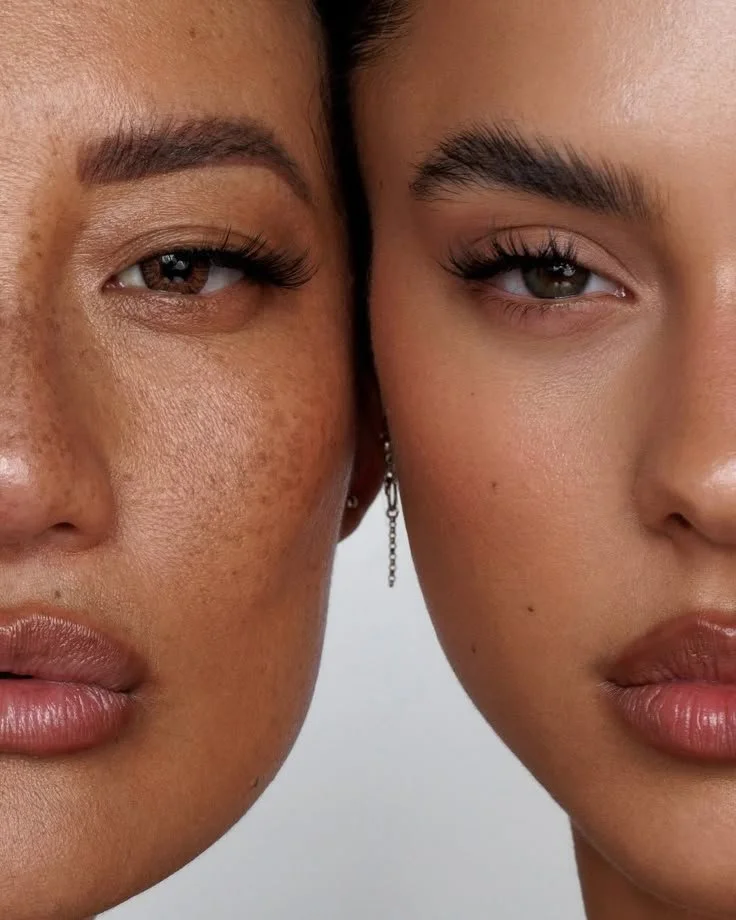7 Examples of Dual Diagnosis: What Are the Treatment Options?
Dual diagnosis, which is also sometimes referred to as co-occurring disorders, refers to the condition in which an individual simultaneously suffers from a substance use disorder and a mental health disorder.
This complex scenario requires specialized treatment approaches, often with the professional guidance of a dual diagnosis rehab center, to address both conditions effectively.
In this article, we share seven examples of dual diagnosis and the treatment options available for each.
No. 1
Major Depression and Alcoholism
This combination is one of the most common dual diagnosis scenarios. Alcohol is often used by someone to self-medicate the symptoms of depression. However, alcohol ultimately exacerbates the condition.
Treatment typically involves a combination of antidepressant medications and psychotherapy to manage depression, along with detoxification and alcohol rehabilitation programs.
No. 2
Generalized Anxiety Disorder and Cannabis Use
People with generalized anxiety disorder may use cannabis to relieve their anxiety. Unfortunately, prolonged cannabis use can lead to dependence and might actually increase their anxiety over time.
Treatment involves cognitive-behavioral therapy (CBT) to help manage anxiety, along with specific strategies to reduce cannabis use. These include motivational interviewing and sometimes medication-assisted treatment.
No. 3
Bipolar Disorder and Cocaine Addiction
Cocaine can temporarily elevate the mood of someone with bipolar disorder, which might appeal to a person experiencing depressive episodes. However, it can dangerously exacerbate the manic phases.
Treatment often requires mood stabilizers like lithium or valproate, along with comprehensive addiction treatment programs that include both inpatient and outpatient therapy.
No. 4
Schizophrenia and Nicotine Dependence
A large proportion of people with schizophrenia also smoke tobacco as a form of self-medication. This combination is invariably chosen to help manage symptoms or medication side effects.
Treatment needs to focus on smoking cessation programs that are tailored to those with mental health disorders, alongside consistent management of schizophrenia with antipsychotic medications and therapy.
No. 5
Post-Traumatic Stress Disorder (PTSD) and Opioid Abuse
Someone suffering from PTSD might turn to opioids to numb their emotional and physical pain.
Effective treatment combines trauma-focused psychotherapies such as prolonged exposure therapy or EMDR (Eye Movement Desensitization and Reprocessing) with opioid treatment programs, which may include medication-assisted treatment options like methadone or buprenorphine.
No. 6
Borderline Personality Disorder and Eating Disorders
Eating disorders often co-occur with borderline personality disorder, complicating treatment as a result.
Therapy approaches include dialectical behavior therapy (DBT) which is effective for both conditions. Nutritional counseling and medical monitoring are also crucial components of the treatment plan.
No. 7
Attention Deficit Hyperactivity Disorder (ADHD) and Internet Addiction
Although internet addiction is a newer diagnostic challenge, it's often seen in those with ADHD.
Treatment typically involves therapies aimed at increasing self-regulation and reducing impulsivity. Both of these are integral aspects of ADHD treatment. Behavioral interventions and support groups focusing on managing internet usage can also play a role.
No. 8
What Are the Appropriate Treatment Approaches?
Treating a dual diagnosis is often more complex than treating a single disorder. Integrated intervention, where providers treat both the mental health disorder and the substance use disorder simultaneously, is considered the most effective approach. This integrated treatment typically involves a combination of pharmacotherapy, psychotherapy, and support groups.
Successfully treating dual diagnosis requires a comprehensive, coordinated strategy that addresses both the mental health condition and the substance use disorder. The integration of behavioral health interventions with peer support and medical treatment offers the best chance for recovery.
There is a recognized need for specialized programs that can cater to the unique challenges of those with co‑occurring disorders. Options like palm springs mental health programs or other dual diagnosis treatment centers can provide the integrated care and support necessary for lasting recovery.
Takeaways
Dual diagnosis treatment is a crucial and necessary approach for individuals facing mental health challenges alongside substance use disorders. By addressing both conditions simultaneously, dual diagnosis treatment ensures a more holistic and effective recovery process. This integrated approach acknowledges the interconnected nature of mental health and addiction, providing individuals with the comprehensive support they need to overcome these complex issues.
Through tailored therapy, medication management, and ongoing monitoring, dual diagnosis treatment offers a path to lasting healing and recovery, empowering individuals to reclaim their lives and well-being. Embracing dual diagnosis treatment is a vital step towards breaking the cycle of co-occurring disorders and fostering a future of sustained wellness and growth.






























